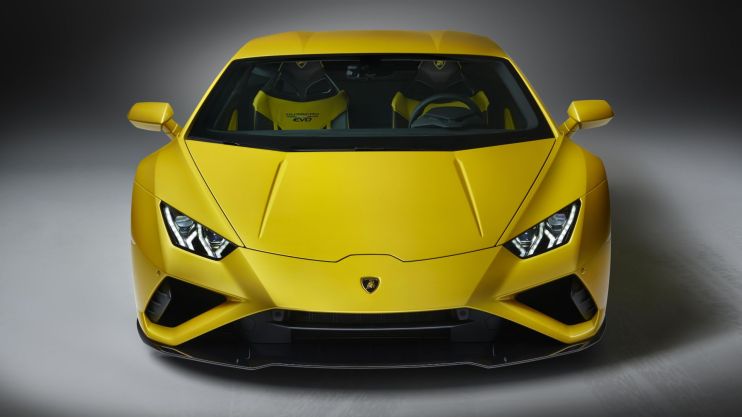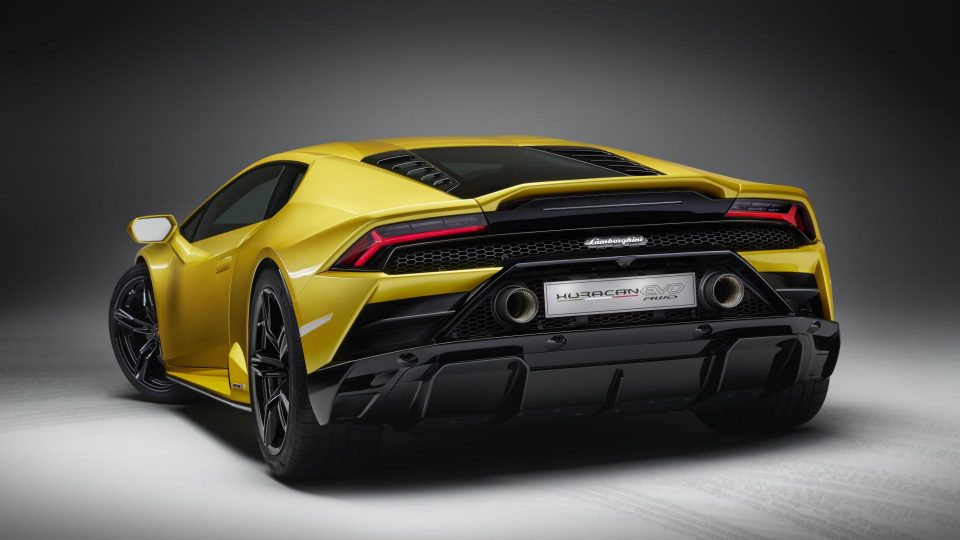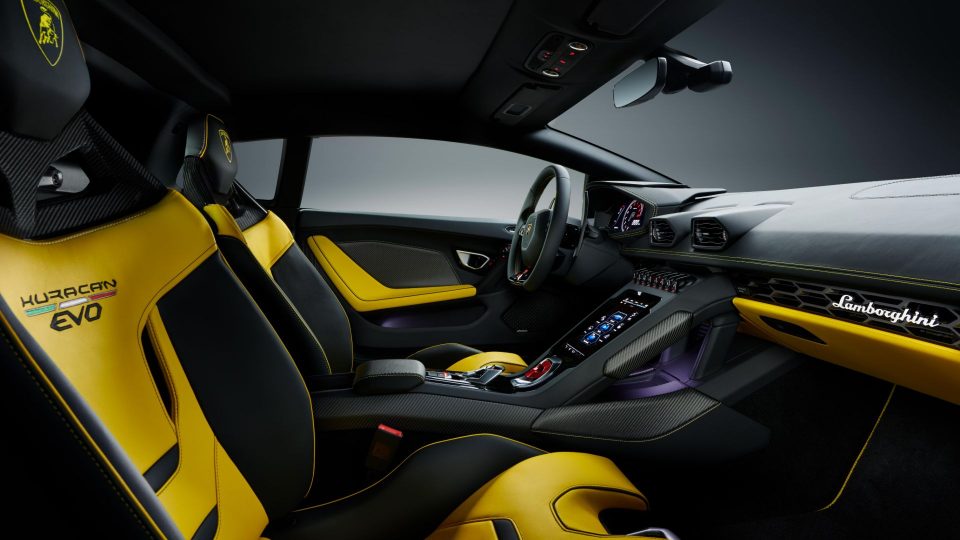The Huracan Evo RWD is Lamborghini’s cheapest supercar – and its best

Lamborghini is the definitive exclamation marque. And Lamborghini reviews are much the same: excitable paeans to a supercar fantasy, as anchored in the real world as Kanye West.
Not this time. Granted, I’ll wax lyrical in the paragraphs to come – hell, I may even dabble in some hyperbole. But let’s begin with a sobering dose of consumer advice. Want to save money on a Lamborghini? Of course you do…
The cheapest proper Lamborghini (I’m deliberately excluding the Urus SUV) is the Huracan Evo RWD. And while such things are relative, this £164,400 newcomer costs a hefty £33,907 less than the existing Huracan Evo.
That leftover change buys a Volkswagen Golf R for shopping trips, or enough super unleaded for 126,392 miles. OK, so ‘buying a cheaper car saves you money’ is hardly the kind of nugget that Martin Lewis would seize upon. The point here is that the ‘budget’ Lamborghini is also the best.
For those not versed in automotive acronyms, ‘RWD’ stands for rear-wheel drive. That means all 610 of the Huracan’s horses (30 fewer than the regular Evo) go to its rear Pirellis. The downsides are less traction and slower acceleration: 0-62mph in 3.3sec, versus 2.9sec for the four-wheel-drive car. The upside, according to Lamborghini CEO Stefano Domenicali, is ‘unfiltered feedback and an emotive and more engaging driving experience controlled by the pilot’.

In fact, the rear-driven Huracan is missing more than just front driveshafts. It also does without rear-wheel steering, adaptive dampers, carbon-ceramic brakes and the ‘Lamborghini Dinamica Veicolo Integrata’ chassis control system. The result is a 33kg lighter car (at 1,389kg without fluids) with improved weight distribution. But true to Domenicali’s word, what the RWD loses in electronic sophistication, it makes up for in analogue driver appeal.
Right, time for some superlatives – this is a Lamborghini review, after all. Even after six years on sale, the Huracan still looks sensational. You can spot the RWD by its simpler front bumper, but the overall shape – shrink-wrapped, angular and aggressive – hasn’t altered. The interior, a riot of hexagons and moulded carbon fibre, is just as dramatic. Shame the touchscreen is mounted too low and makes adjusting the audio volume a two-stage process. The absence of column stalks (their place taken by huge, racing-style shift paddles) makes some minor controls fiddly, too.
Not that you’ll care when the naturally aspirated 5.2-litre V10 erupts into life. For my money – if I had the money – this is the best engine of any new car. In Strada (Road) mode, it sounds surprisingly civilised, but flick the red toggle on the steering wheel to Sport or Corsa (Track) and all hell is unleashed. It feels like a salivating psychopath behind your left shoulder, goading you to the 8,500rpm redline with every razor-sharp upshift.

When I drove the Huracan Evo last year, I said: “Everything seems to coalesce and flow. Compared with pulse-spiking Lamborghinis of old, the car is easy to exploit and enjoy.’ With only two driven wheels, the RWD is a trickier prospect. You feel the car move around in corners, its steering more nuanced and throttle-dependent, its handling edgier and more exuberant. It rewards commitment and demands respect, particularly on damp roads. On a track, it would be an absolute hooligan.
Ultimately, you’ll be going slower, but the Huracan Evo RWD feels faster. And despite everything, the feel of a Lamborghini is what matters most. That extra £34k sure comes in handy, though.
Tim Pitt works for motoringresearch.com